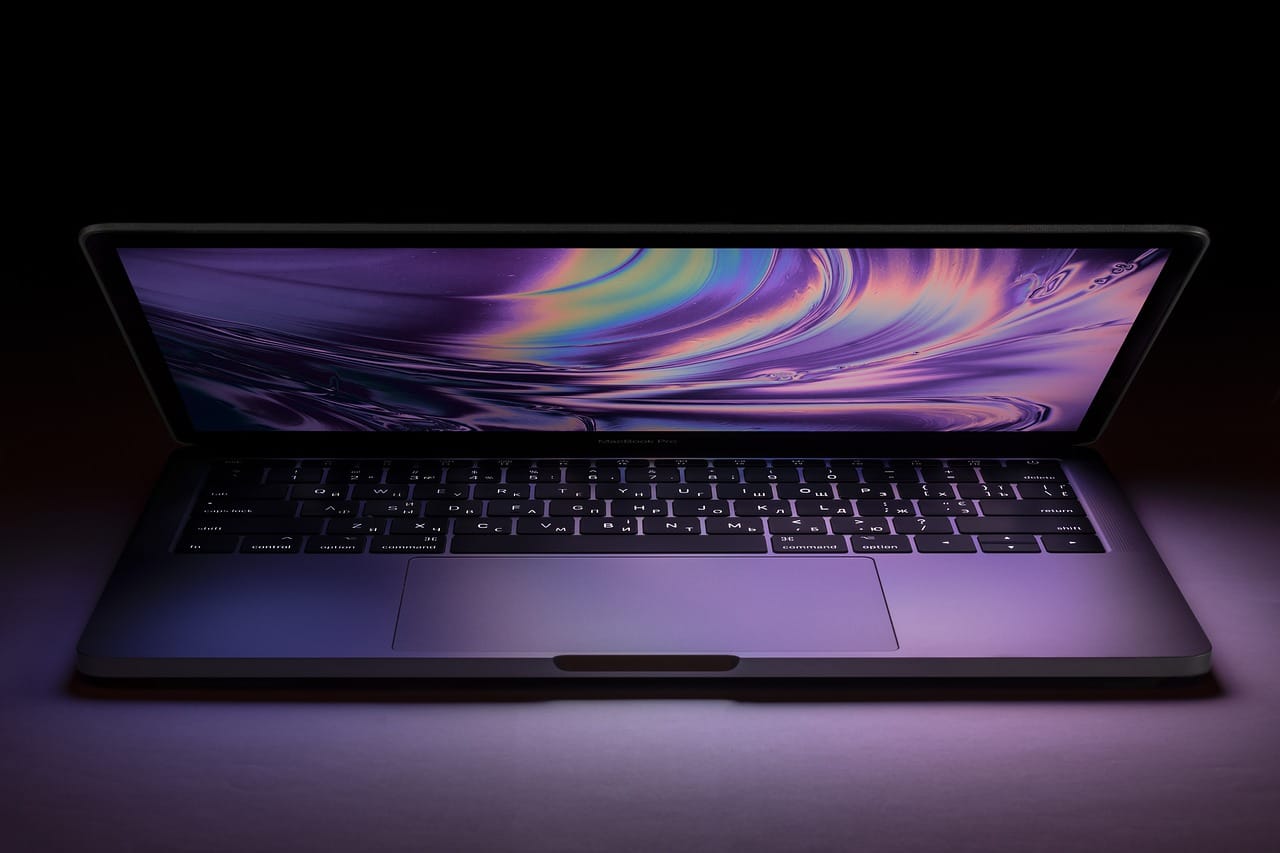Internal Apple code has revealed the company is testing its first MacBook Pro with built-in 5G cellular connectivity. This breakthrough, discovered in macOS code by Macworld, shows Apple is working on a MacBook Pro with both the next-generation M5 Pro chip and Apple’s first in-house 5G modem. The code references an unreleased MacBook Pro model powered by the M5 Pro chip (codenamed t6050) that includes the “Centauri” chip – the codename for Apple’s C1 modem. This is the same 5G modem Apple introduced earlier this year in the iPhone 16e.
While Apple has considered adding cellular connectivity to MacBooks for years, with prototypes dating back to 2007, the company has consistently avoided it due to concerns about battery life and heat generation. Cellular modems typically consume more power than Wi-Fi, which could drain laptop batteries faster and create thermal issues.
The development marks a significant shift in Apple’s approach, made possible by two key technological advances. First, Apple Silicon chips deliver better energy efficiency than previous Intel-based Macs. Second, Apple now designs its own modems, allowing better integration between the processor and cellular components.
Similar Posts
“Built-in cellular has long been a feature in some Windows ultrabooks and the iPad, but Apple has resisted adding it to the Mac,” reported Filipe Esposito at Macworld, who discovered the code evidence.
Microsoft recently announced the Surface Laptop 5G for business customers, highlighting growing competition in the always-connected laptop market. If Apple moves forward with this technology, it would reduce the need for MacBook users to rely on Wi-Fi networks or phone hotspots while traveling.
According to industry analysts, the 5G MacBook Pro likely won’t arrive until early 2026. Bloomberg’s Mark Gurman previously indicated that “cellular connections are unlikely to come to the Mac before 2026,” while analyst Ming-Chi Kuo reported that the first M5 Macs won’t arrive in 2025.
Apple might be waiting for its second-generation C2 modem before releasing a cellular MacBook. The current C1 modem in the iPhone 16e doesn’t support faster mmWave 5G technology, which could limit the MacBook’s cellular capabilities in certain regions.
The discovery comes amid broader rumors about Apple’s Mac roadmap, including potential OLED displays and design overhauls expected with the M6 generation in late 2026 or early 2027.
While the code confirms Apple is testing this technology, it doesn’t guarantee a commercial release. However, it represents the strongest evidence yet that Apple is seriously pursuing cellular connectivity for its Mac lineup after years of customer requests.






